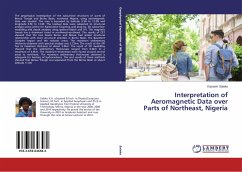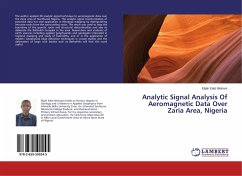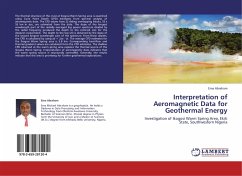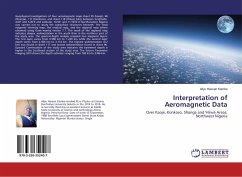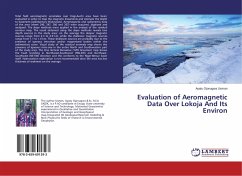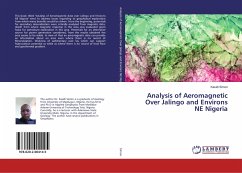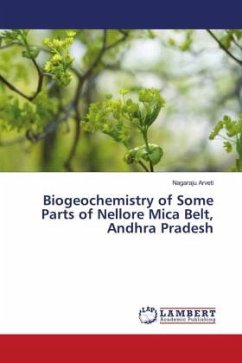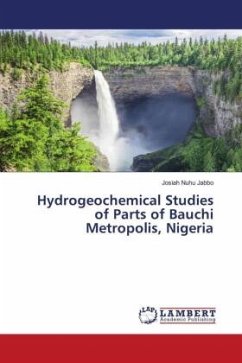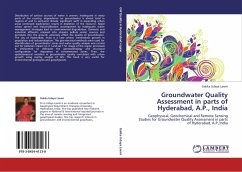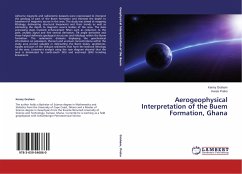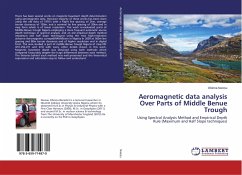
Aeromagnetic data analysis Over Parts of Middle Benue Trough
Using Spectral Analysis Method and Empirical Depth Rule (Maximum and Half Slope techniques)
Versandkostenfrei!
Versandfertig in 6-10 Tagen
36,99 €
inkl. MwSt.

PAYBACK Punkte
18 °P sammeln!
There has been several works on magnetic basement depth determination using aeromagnetic data. However majority of these works has been done using the old data of 1970's with a flight line spacing of 2km, average terrain clearance of 150m, and a nominal tie line spacing of 20km and in map form which is of lower resolution. This work re-evaluated parts of Middle Benue trough Nigeria employing a more frequent automatic source depth technique in spectral analysis; and an old empirical depth method (maximum and half slope techniques) using the new high-resolution airborne Aeromagnetic surveys(HRAM...
There has been several works on magnetic basement depth determination using aeromagnetic data. However majority of these works has been done using the old data of 1970's with a flight line spacing of 2km, average terrain clearance of 150m, and a nominal tie line spacing of 20km and in map form which is of lower resolution. This work re-evaluated parts of Middle Benue trough Nigeria employing a more frequent automatic source depth technique in spectral analysis; and an old empirical depth method (maximum and half slope techniques) using the new high-resolution airborne Aeromagnetic surveys(HRAM)flown in Nigeria in 2009 at 500m line spacing and 80m terrain clearance and of higher resolution and in digital form. The area studied is part of middle Benue trough Nigeria of map N0: (251,252,271 and 272) with every other details shown in this work. Magnetic basement depth was obtained using both methods which compared favourably despite the huge differences between each method. The theories behind each method was well presented and the theoretical expressions and calculation easy to follow and understand.



